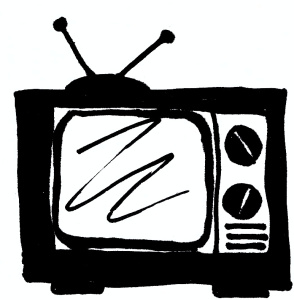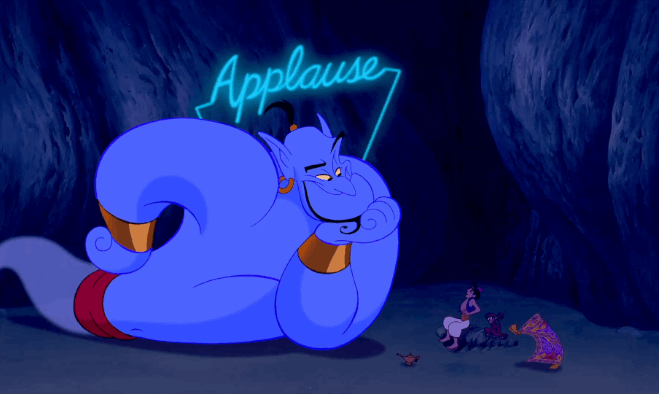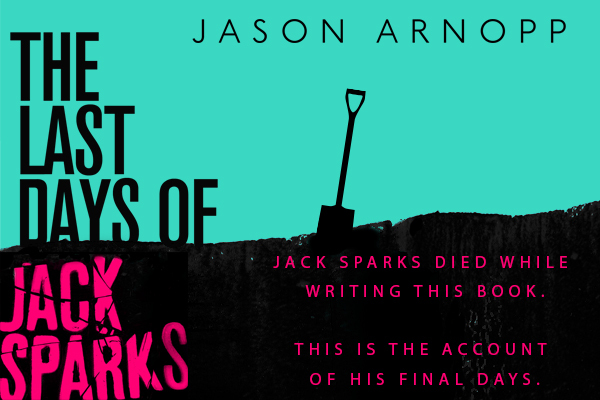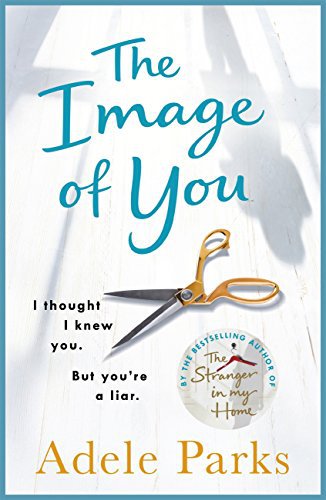

The sketch comedy movie is an often derided & dismissed genre with rare exceptions like Kentucky Fried Movie breaking through to land significant cultural impact. Loosely connected sketches strung together for a full-length feature have a minute-to-minute “hit or miss” reputation with general audiences, who seem happily willing to brush them off as empty frivolity. I probably should not have been surprised, then, that the 1974 sketch comedy The Grove Tube has been largely forgotten by mainstream culture and, according to indicators like its pitifully low score on Letterboxd, dismissed even by those who have a patience for low budget experiments in independent cinema. I was still a little taken aback, though, since the film is so much funnier & more substantial than its reputation suggests. According to Wikipedia, “The film was originally produced to be shown at the Channel One Theater on East 60th St. in New York, a venue that featured R-rated video recordings shown on three television sets, which was a novelty to audiences at the time.” You can feel that artsy, confrontationally low-fi aesthetic in the film’s comedic tone, which aims more to amuse the post-hippie counterculture types of NYC than to reach as wide of an audience as possible. Shades of future counterculture comedy outlets like Wonder Showzen, UCB, UHF, and early SNL are detectable throughout. Absurdism, non sequitors, chaos disguised as order: The Groove Tube is surprisingly experimental & forward-thinking for a sketch comedy feature. Better yet, its individual sketches pay off with a much higher success rate than they typically do in these sprawling, stoner-minded comedies. It’s consistently funny.
The film opens with a fairly straightforward parody of 2001: A Space Odyssey, where a small community of apes are confronted with the mystery of a television set instead of the Kubrick film’s monilith. When the television flips on, a druggy montage of nuclear families watching TV over inverted outer space imagery read the title credits: The Groove Tube. This is clearly a film where early 70s counterculture laughs in the face of mainstream consumerism & family values, poking holes in and making fun of the sanitized version of America that’s broadcast on television. An early sketch even parodies hitchhiking & free love nudism to establish that it’s trading in Laugh-In‘s hippie California sunshine for a much more authentic New York City grime. Period-specific Barbie commercials & “Let your fingers do the walking” phone ads are parodied, but for the most part its satirical targets are relatively timeless: corporate empires, sexual norms, hippies, news media, cops, etc. In the film’s most typifying sketch, a Bozo the Clown stand-in appears to be harmless children’s entertainment on the surface, but devolves into purient readings of erotic De Sade-type literature once parents are asked to leave the room. In another, a nonsensical cooking show recipe devolves into a kind of madness distinctly reminiscent of a modern YouTube gimmick. Originally released with an “X” rating, the film features just as much male nudity as it does female and somehow avoids ever being outright sexist despite the general grossness of its era, even as it obsesses over explicit sexuality. In a perfect world, The Groove Tube would have been exalted just as high as Kentucky Fried Movie for the way it managed to elevate the sketch comedy feature to something more than just comedians dicking around with no sense of purpose or direction.
There is one unfortunate blemish on the film that hasn’t aged well at all in the four decades since its release: a brief sketch in which a young Richard Belzer plays a black female prostitute. It’s an offensively dated, bone headed moment that certainly leaves a bad taste in its wake, but like most sketches doesn’t last long enough to make too big of an impact on the film’s otherwise impeccable runtime. The Groove Tube mimics the feeling of being up too late in a drugged out haze, flipping channels without aim, and trying to make sense out of modern culture through that window. Most sketches, then, last only for seconds at a time, with the one minutes-long exception falling down a strange rabbit hole that begins with drug trafficking & public heavy-petting and ends with psychedelic animation & sincere expressions of homosexual desire. The prostitution sketch is only a blip in the larger gestalt, with most of Belzer’s work holding up fairly well as New York City alt-comedy counterculture, a snapshot of the city’s proto-punk grit & sleaze. He’s joined in most sketches by director Ken Shapiro and a young Chevy Chase (making his first feature film appearance), who would later carry a lot of the film’s sardonic, druggy, nose-thumbing comedy to his breakout role on SNL. Besides boasting all this youthful rebellious energy and politically-minded absurdism, The Groove Tube is also bookended by the Curtis Mayfield classic “Move On Up,” which helps solidify its tone as a fun, funky slice of political anger & cultural discontent. I doubt the sketch comedy feature will ever get its due respect as a vibrant & viable film genre, but if it ever does, I’d love to see The Groove Tube included as one of its more surprisingly rewarding specimens.
-Brandon Ledet
Advertisements Share this:




